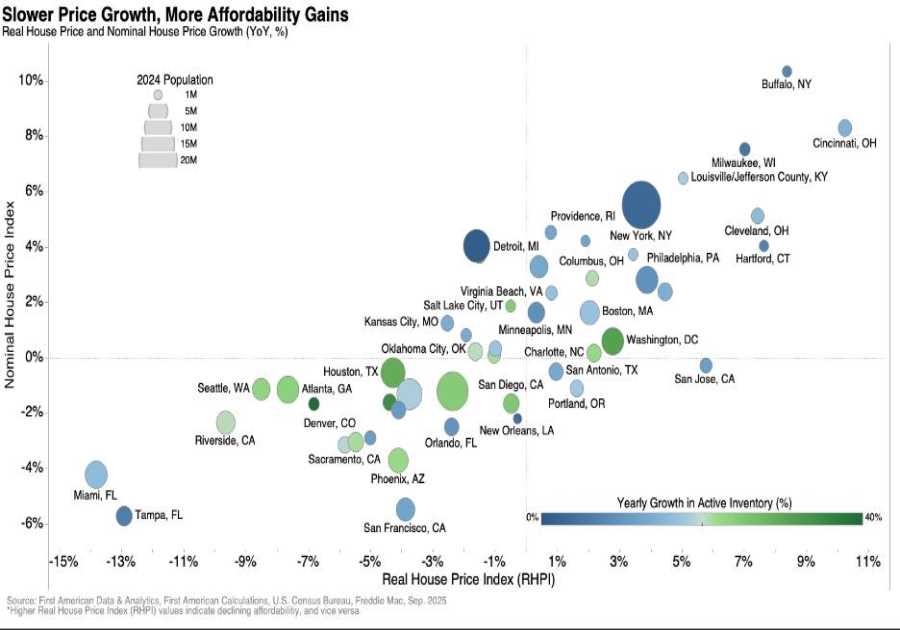
While many large financial institutions understand the need to adopt business continuity plans if an unforeseen and catastrophic incident disrupts their ability to serve customers and clients, smaller banks and credit unions often feel they lack the resources to develop a robust business continuity plan.
However, implementing business continuity plans at your financial institution not only provides you with the peace of mind of knowing you’re protected, but with business continuity management software (BCM), it is more cost-effective than you may think.
With BCM solutions, your bank or credit union can survive and thrive when catastrophes occur.
Adopting business continuity management software helps your bank or credit union in the following ways:
It Provides Operational Resilience
Banks and credit unions provide critical services that their customers and members rely on to go about their daily lives. Depositing checks and receiving payments keeps the lights on in their homes and ensures their mortgage payments aren’t past due. Any disruption to these services can have a profoundly negative impact on consumers and the broader economy.
It Helps You Comply with Regulations
Regulatory agencies such as the Federal Reserve, the OCC, NCUA, FDIC, and the CFPB have rules and laws that mandate business continuity plans for financial institutions. Your bank or credit union must demonstrate the ability to recover from operational disruptions and continue serving your customers.
It Builds Your Reputation and Trust with Customers
An established BCM plan helps maintain consumer trust and preserve your bank or credit union’s reputation. Institutions that effectively handle service disruptions and rapidly recover, especially in the case of an emergency, show that they are reliable and resilient.
It Assists You in Managing Risks
Remember that your bank or credit union’s business continuity plan is one part of your overall risk management strategy. Deploying business continuity management software enables you to identify potential threats to your business operations and plan for contingencies. This minimizes the impact of disruptions when they occur and exposes any potential vulnerabilities that your financial institution may not have accounted for. It’s important to note that business continuity planning is a proactive risk assessment strategy – not a reactive one.
It Offers Financial Stability to Other Institutions
When a disaster strikes in one geographic location, it impacts your bank or credit union and others. Business continuity planning prevents broader financial disasters. It prevents unforeseen emergency events from spreading and affecting customers’ ability to access essential banking functions.
What to Look for in Business Continuity Management Continuity Software
Once you’ve decided to purchase business continuity management software, you want to ensure it offers certain essential features and functions.
Your bank or credit union needs an adaptable and secure platform with a user-friendly dashboard for your entire team. Your BCM software allows you to engage in Business Impact Analysis (BIA), which identifies and assesses each risk and how this might impact your organization’s operations. A BIA helps you determine which of your financial institution’s functions are most critical and needs to be restored first in the event of a disruption.
In other words, BCM software should allow you to test specific scenarios and develop remediation strategies and practices to prepare for an unforeseen event.
Your bank or credit union’s strategies based on your BIA are all about your ability to recover quickly and resume operations. Depending on your financial institution’s specific needs, these could include backing up critical data, identifying alternate locations to work, deploying cross-trained staff, or building mutual aid agreements with other banks.
With the right business continuity management software, your financial institution will be able to:
- Analyze the impact and outcomes of certain events to secure your business
- Streamline planning and communication through recovery management tools
- Create tailored plans for a multitude of scenarios
- Track and record outcomes to ensure your continuity plan achieves regulatory compliance
Conclusion
A solid BCM software solution enables financial institutions to ensure service continuity, comply with regulatory requirements, manage operational risks, and maintain the trust of customers and members. Regulators provide guidance on business continuity planning for large financial institutions, as well as small banks and credit unions. While smaller institutions may lack the resources of larger banks, they can still create effective continuity plans that protect their operations and build trust with their customers by implementing BCM software.
For more information, please visit Ncontracts.
------------
Read More
By: David Jones
Title: Business Continuity Planning for Financial Institutions
Sourced From: marketbusinessnews.com/business-continuity-planning-for-financial-institutions/339919/
Published Date: Fri, 14 Jul 2023 19:37:39 +0000
Did you miss our previous article...
https://trendinginbusiness.business/business/a-video-appears-to-show-ukrainian-special-forces-raiding-a-russianoccupied-island-using-us-speedboats-firing-heavy-machine-guns
.png)





